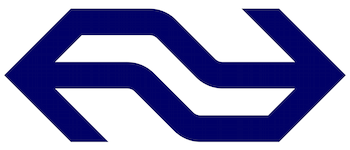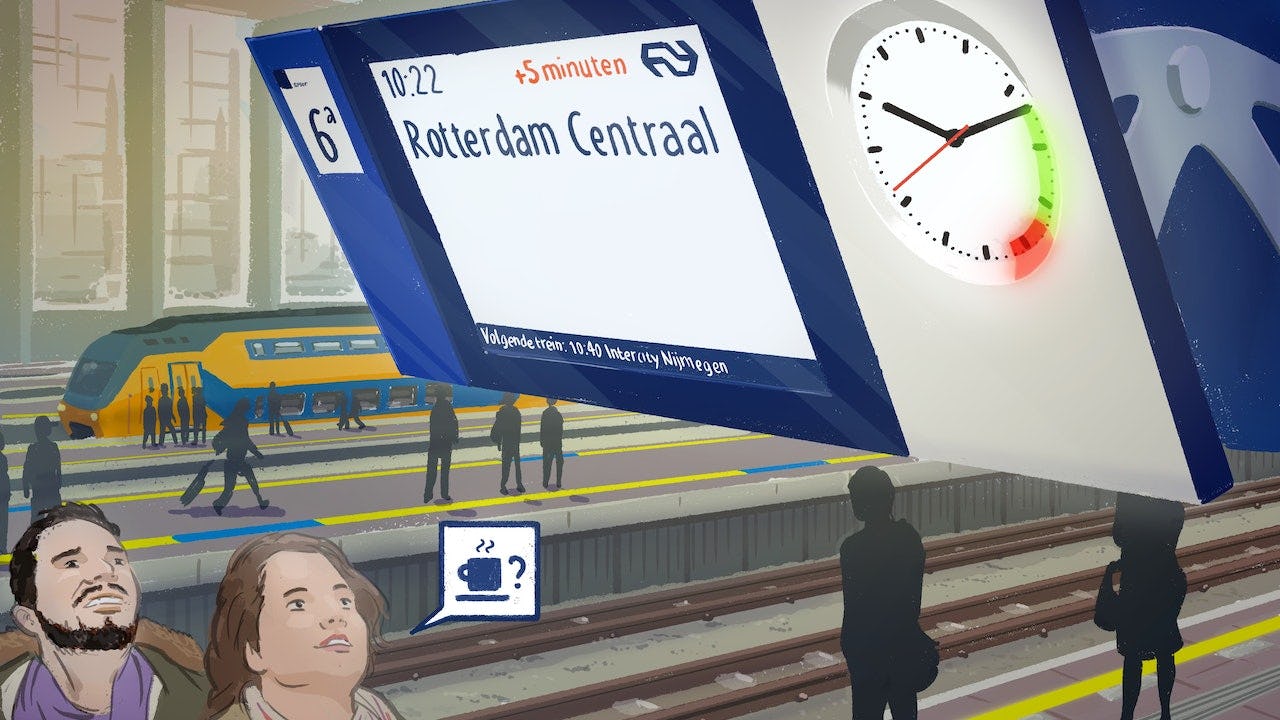Solutions for the future
We are always looking ahead to the future and trying to find ways to improve the existing passenger information landscape. If we can't find an existing solution, then we develop a new product.
Client
NS

Market
Public Transport
Date published
9 februari 2021

As well as developing solutions for the current operational needs of our customers, we are also continuously working on future scenarios. Thanks to our wealth of experience and involvement in public transport, we know what the problems are and what needs to be improved. We design and develop smart innovations for these issues that we can offer to our clients in the future.
The Intelligent Platform Bare Lite
For example, we have developed the Intelligent Platform Bar Lite (IPBL). The length of train units and platforms can vary considerably throughout the Netherlands. That calls for a dynamic information supply. The IPBL is an LED bar built into the platform that lights up in recognizable colours and shows:
- how long the approaching train is;
- exactly where the train is going to stop;
- where the doors (boarding points) will be;
- when it is safe to get on and off the train.
This bar makes boarding the train easier and faster. It also helps to spread passengers more evenly along the platform so they have a better chance of finding a seat. The IPBL also has several big advantages for transport operators: quicker boarding and disembarkation means more trains will leave on time. And because the system can keep track of the number of passengers boarding and disembarking via special sensors, transport operators can deploy rolling stock and personnel more efficiently.
This dynamic solution makes it possible for rail operators to adjust the length of trains in line with the number of passengers. But operators of tram and metro services can also improve the travel experience of their customers with the IPBL. The bar can be installed anywhere, it is energy efficient (the brightness is adjusted in line with the amount of ambient light), and is virtually indestructible.
The IPBL can also be used to improve public safety on platforms. For example, a red bar after the train departure whistle tells passengers not to try to get on the train, and it can also direct passengers to the closest exit in the event of an emergency. In addition, radar sensors can be used to detect people on the track and to make passenger counting easier.
The IPBL is currently undergoing trials in the Beurs metro station, the busiest metro station in Rotterdam. Over the coming months, the RET will carry out trials on a section of the platforms to see if the bar can help it to manage passenger flows more efficiently. This pilot project is a good example of how our future travel information solutions can facilitate innovation within the existing passenger transport system.

The Intelligent Platform Clock
The Intelligent Platform Clock (IPC) is installed on station platforms to make it easier for passengers to see when the next train will leave without having to go to an information display. Passengers can see at a glance from a row of light blocks how long they will have to wait before the next train leaves. Green light blocks next to the minute indicator of the analogue platform clock show how many minutes before the next train leaves. If a train is delayed, then red blocks show how many minutes later the train will arrive. Every passenger can understand this system, regardless of the language they speak. That makes it possible to implement this innovation on a global scale.
This countdown clock is an ideal solution for platforms without a travel information display. The clock can therefore be used as a basic version of a travel information display. It is just as useful at a bus stop in Finland as it is in a Dutch train station. With just a simple modification, the existing clocks on the platforms were made 'smart'. The energy-efficient LED lights and the connectivity module are easy to install.
